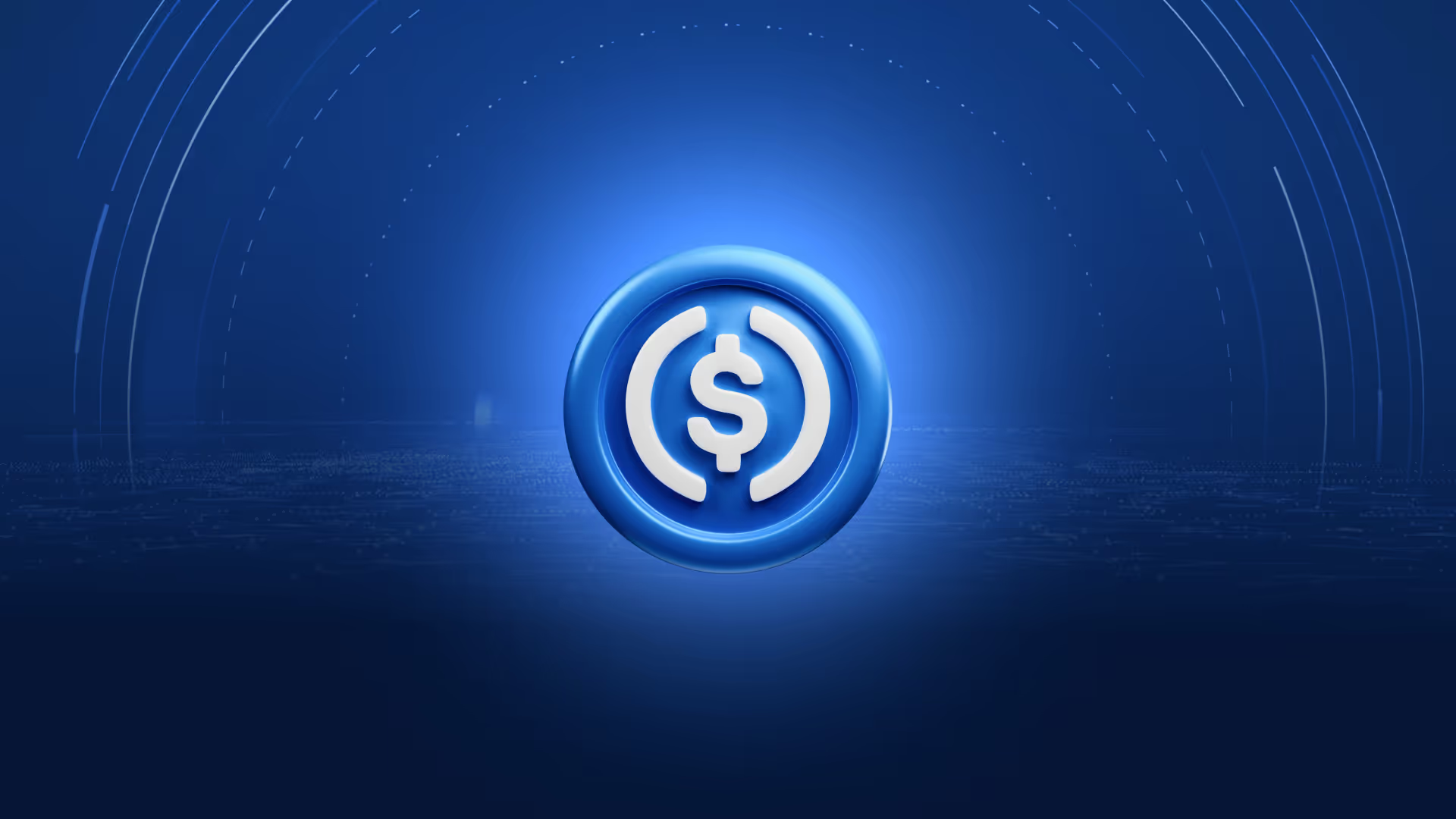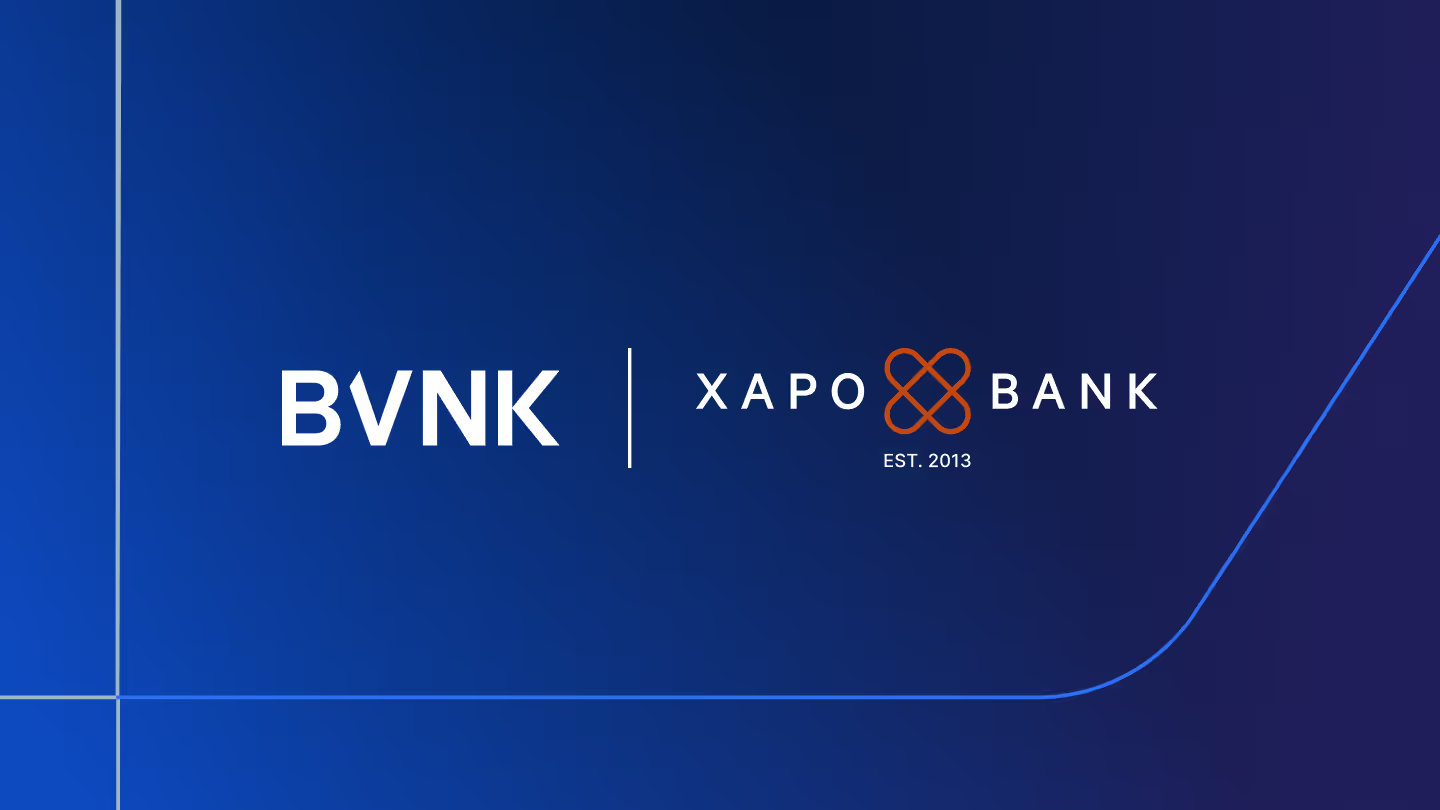What are the advantages of blockchain payments for businesses?
Distributed ledger technology (DLT) like blockchains can ease common pains for payment teams, from sluggish settlement to high transaction fees.
Blockchain payments are growing despite volatility
While the industry volatility of the last year has dented the confidence of retail investors, blockchain processing volumes have proven resilient. According to this report by venture capitalist fund a16z crypto, part of Andreessen Horowitz, the total number of blockchain transactions has grown by over 50% in the past two years, while stablecoins have reached a market cap of around $130bn in the last 6 years.
For businesses, distributed ledger technology (DLT) has the potential to solve real world challenges, helping payments and treasury teams to move money quickly, cheaply and easily, particularly from emerging markets.
In this guide, we’ll outline the benefits of blockchain payments for businesses and cover some of the barriers too.
What are the use cases for blockchain payments?
How you use DLT will depend on your business needs. Blockchains offers payment teams a different way to collect and send payments across a number of use cases, including:
- Ecommerce payments (accepting consumer payments online)
- Online account funding (me-to-me payments)
- Payouts (eg employee expenses, refunds, insurance settlements)
- Peer-to-peer lending
- Treasury flows and intra-company payments
- B2B payments: paying suppliers, customers and partners cross-border
- Remittance payments
What are the advantages of blockchain payments?
Payment, finance and treasury teams who use distributed ledger technology, typically experience the following benefits:
1. Speeding up slow payment markets and easing liquidity
Whether you’re looking to move money between corporate entities globally, repatriate funds from emerging markets, pay partners, customers and suppliers across borders or facilitate other types of FX transaction, traditional correspondent banking can be painfully slow.
Settling money internationally in 1 or 2 days is very difficult to do using systems like Swift, which means payment and finance teams have to resort to pre-funding or suffer cash flow headaches.
By using a digital asset like stablecoins via a blockchain, you can move funds in real-time, bypassing slow correspondent banking, in favour of real time settlement.
2. Availability: 24/7/365
Closely related to speed is availability. Correspondent banking systems aren’t always there when you need them: daily payment cut-off times, and regular downtime for weekends and bank holidays can hold up important payments, leading to things like delayed shipments, late payroll and unhappy customers.
Since DLT works on a decentralised system which doesn’t doesn’t involve the banks, payments can be processed 24 hours a day, 365 days a year.
3. Lower transaction costs – particularly cross borders
Businesses pay a high price to use the international banking system, with all of its intermediaries. This might be denting your profits or even preventing you from accessing new markets and potential customers, or from growing your supply network internationally.
Blockchain payments remove intermediaries and complexity, which in turn strips out cost.
A study by Juniper Research found that financial institutions doing cross-border payments stand to save $10 billion by 2030 thanks to blockchain settlements. While a study by Uniswap suggests that cross border and FX payment fees could be reduced by up to 80% when traded on-chain.
While payment teams doing FX stand to benefit from significant savings, industry commentator, Simon Taylor points out that the efficiency of DLT doesn’t always guarantee a cheaper price for businesses – at least not yet: “Today on and off-ramps to Crypto can be expensive. As adoption scales, these fees will be compressed, and the more efficient infrastructure should win by that point.”
4. Keeping up with customer demand - present and future
Paying or being paid with cryptocurrency isn’t yet an everyday occurrence for most people, but demand is growing.
As of 2023 there are an estimated 420 million owners of cryptocurrency globally, with adoption following a similar curve to the internet. The number of crypto owners has nearly doubled every year over the last six years and while growth may slow, it’s poised to reach 1 billion global owners in 2025.

According to a 2021 Deloitte study, two-thirds (64%) of surveyed US retail merchants said their customers had significant interest in using digital currencies for payments, and 83% expected that interest to increase or significantly increase over the next 12 months, especially among younger generations.
A 2021 study by Pymnts meanwhile, found that 93% of cryptocurrency users would consider making purchases with it and 59% who have never held cryptocurrency would make purchases with it.
In recent years, household brands have added cryptocurrencies to their accepted payment methods - from Starbucks and Home Depot to Expedia, Amazon and Whole Foods. According to Deloitte, nearly three-quarters of US retailers surveyed in December 2021 are planning to accept cryptocurrency or stablecoin payments within the next 24 months. While a June 2022 study found more than 50% of business leaders agreed that ‘most merchants will accept crypto payments’ within one to three years.
Merchants that fail to embrace the customers’ demand run the risk of losing out on customers and revenues.
5. Transparent payment flows
For payment teams, knowing exactly what’s happening with your payment flows is crucial. With blockchain payments, every transaction is recorded on an immutable public ledger which can provide a high degree of visibility on processing and allow you to easily analyse transaction volumes for any given period.
The complete transparency of a public ledger also provides a powerful new framework in the fight against money laundering and financial crime – it enables businesses to track provenance of funds, and has led to the growth of sophisticated data tools that detect and prevent illicit activity on-chain, like Elliptic, Chainalysis and TRM Labs.
The future of money movement
DLT continues to prove real world value to payments and finance teams by enabling programmable, frictionless, cheaper global money movement.
Like any new technology, it also brings fresh challenges for businesses. For example: building and maintaining new blockchain infrastructure, or managing compliance when different markets have inconsistent regulatory approaches. The nascent state of the technology also demands constant adaptation and learning, which can be daunting.
That's why many businesses who want to explore the advantages of blockchain payments choose to work with a partner. To learn how a payment partner can support you with your DLT payments journey and to see key criteria for selecting one, see our Merchant's guide to blockchain payments.
Ready to get started? Speak to one of our experts
Latest news
View allGet payment insights straight to your inbox



.jpg)






.avif)


.jpg)





